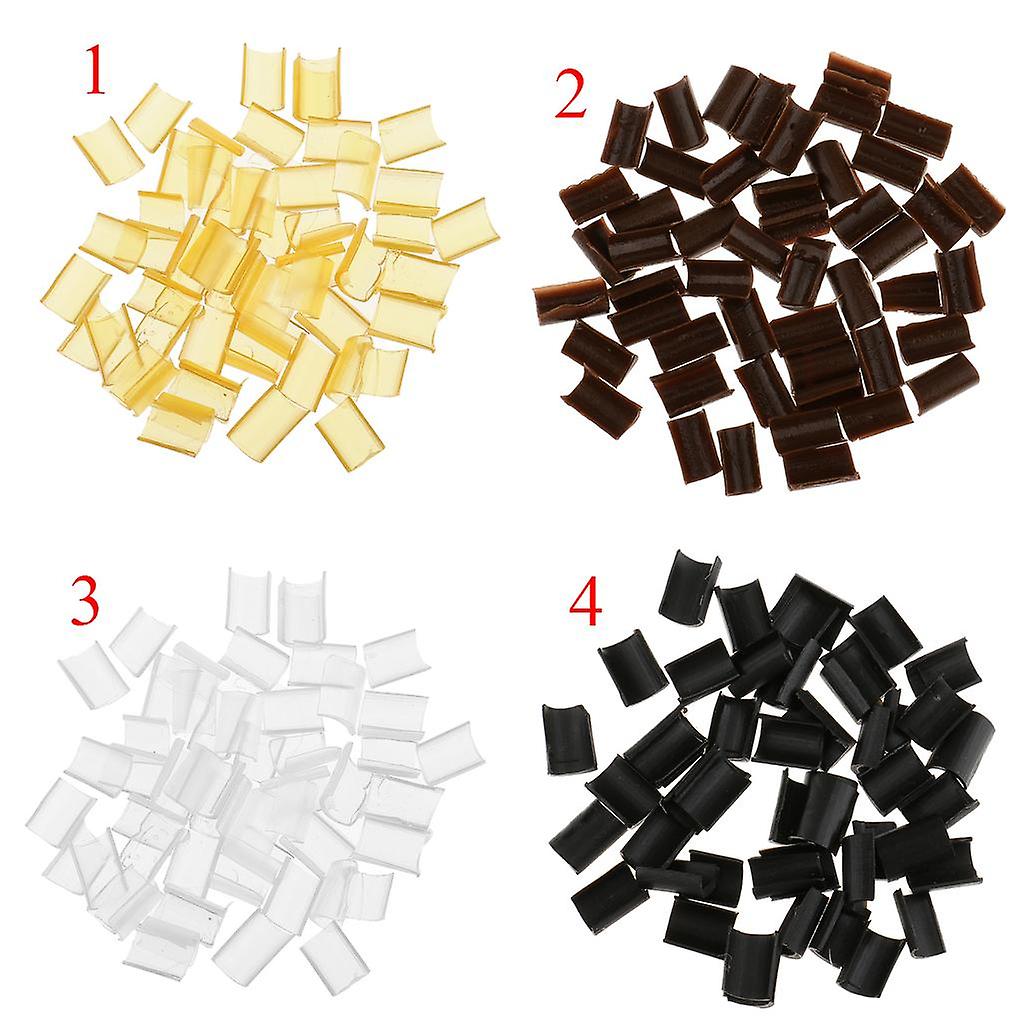The world of materials science is vast and complex, and among its many intricate subjects lie granules – small, solid particles that are larger than most powdered materials but smaller than pellets. Granules are typically used in various industries, including pharmaceuticals, cosmetics, food, and more. In this article, we will explore the differences between transparent granules and colored granules, shedding light on their characteristics, applications, and more.
1. What are Granules?
Before delving into the differences, it’s essential to understand what granules are. Granules consist of small particles clumped together, either by natural mechanisms or through artificial methods. Their size typically ranges from 0.2 to 4.0 mm in diameter. Various materials, such as plastic, metal, minerals, and organic compounds, can form granules.
2. Transparent Granules
Characteristics:
- Appearance: As the name suggests, transparent granules allow light to pass through without significantly scattering it. As a result, they are clear or see-through.
- Material: Polymers such as polystyrene, PVC, or specific glass types often comprise transparent granules.
- Physical properties: Due to their clarity, these granules allow for better visualization of the contents or processes they are a part of. Factors like temperature, pressure, and the inclusion of additives can influence their transparency.
Applications:
- Pharmaceuticals: In drug manufacturing, transparent granules are frequently utilized when visual inspection of the content is essential.
- Cosmetics: Manufacturers use transparent granules in formulations when they want a clear or neutral appearance.
- Decoration: For aesthetic purposes, in products like transparent toys or crafts.
3. Colored Granules
Characteristics:
- Appearance: Colored granules are opaque or translucent, with a distinct color that can range from vibrant hues to subtle shades.
- Material: These granules can be made from the same materials as transparent ones, but they contain colorants or pigments that impart the desired color.
- Physical properties: The presence of colorants can impact the granule’s physical properties, such as melting point, strength, and UV resistance.
Applications: (Colored Granules)
- Pharmaceuticals: Used to differentiate between similar-looking medicines or to mask the taste or appearance of certain drugs.
- Cosmetics: Can be found in products like exfoliating scrubs or decorative cosmetics.
- Plastics: They are used to produce colored plastic products.
- Construction: Can be used in flooring or decorative tiles.
4. Key Differences:
- Appearance: The most evident difference is in their appearance. Transparent granules are clear, while colored granules are not.
- Usage: Transparent granules are chosen when clarity or see-through properties are essential, while colored granules are selected for their aesthetic or differentiation capabilities.
- Processing: The incorporation of pigments or colorants in colored granules can impact their processing parameters.
- Cost: Generally, colored granules might be slightly more expensive due to the added cost of pigments. However, this can vary based on the type and quality of pigments used.
5. Considerations:
- Environmental Impact: The environmental impact of granules, irrespective of their type, depends on their composition. Biodegradable granules are more environmentally friendly than non-degradable ones.
- Toxicity: The safety of granules, especially in applications involving human consumption or contact (like drugs or cosmetics), is paramount. The additives or pigments in colored granules need to be non-toxic and safe.
Conclusion: (Colored Granules vs. Transparent Granule)
While both transparent and colored granules have their unique set of characteristics and applications, the choice between them depends on the specific requirements of the industry or application. Transparent granules excel where clarity is crucial, while colored granules shine in roles where differentiation or aesthetics play a vital role. Regardless of the type, ensuring the safety, quality, and environmental impact of granules is crucial in all applications.

